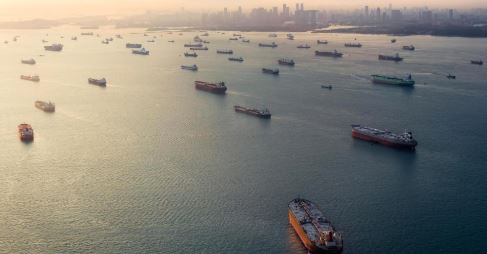Capesize freight rates continued to fall on softening physical market, despite some improvement in the Pacific market.
The Capesize 5 time charter average dipped slightly by RMB 299 day-on-day to $11,730 on Wednesday, due to selling pressure on the weak Atlantic market.
The Baltic Dry Index (BDI) was almost flattish and booked a slight gain of 0.27% or 3 points to 1,115 readings, due to the improving freight rates.
Mixed market for both basins
The Pacific market fared better with decent cargo list, with all three mining majors were actively seeking for vessels to move iron ore from west Australia to China.
Meanwhile, the bad weather in China had pushed some miners to find alternative shipping substitutes, due to possible port closures in North China for the upcoming winter season.
There was a good number of fixtures being done in the west Australia to China route that supported indicative freight rate at the range of $6.65-$6.80/wmt.
However, the oversupply of vessels continued to depress fright rates in the Atlantic market with a lengthy ballaster list bound to arrive in Brazil by December.
Bunker prices continue bullish run on market optimism
Bunker prices continued to rally on higher crude oil movement, with the VLSFO gained by $4/mt to $365/mt at the port of Singapore.
News on the effectiveness of the Covid vaccine had lifted market sentiment in the oil market, causing a flurry of paper purchases among the fund managers worth around 114 million barrels.
Thus, the Brent crude oil prices surged toward the $45 per barrel mark, while the WTI crude prices hovered around the $42 per barrel level.
Despite the market optimism, the fuel consumption of the shipping giant, Maersk dropped by 6.5% on-year to 2.62 million mt of bunker during Q3.
Better fuel efficiency and the coronavirus pandemic had contributed to the declining fuel consumption by the world’s top bunker consumer.
